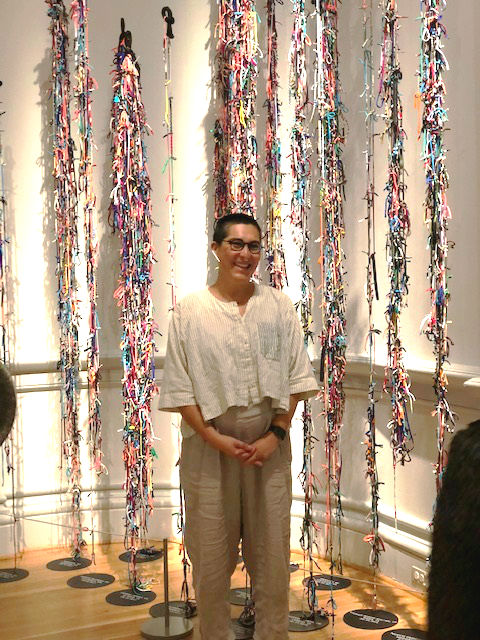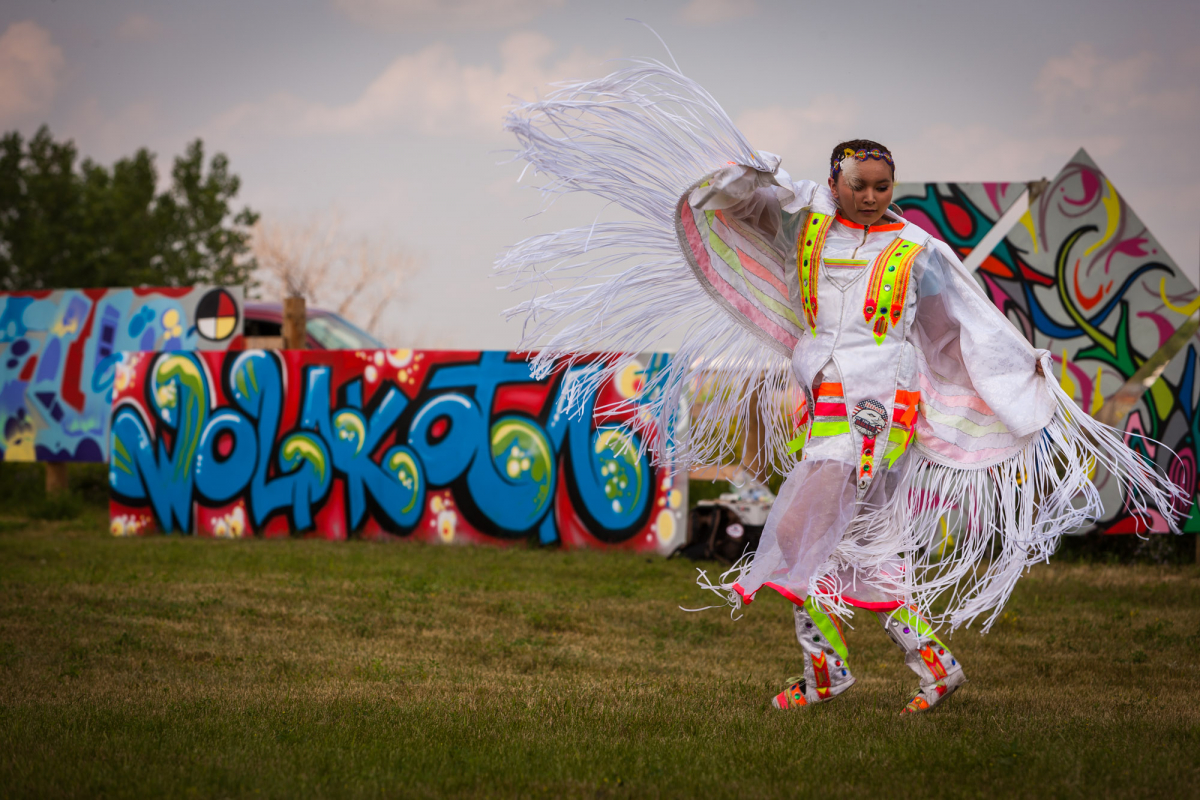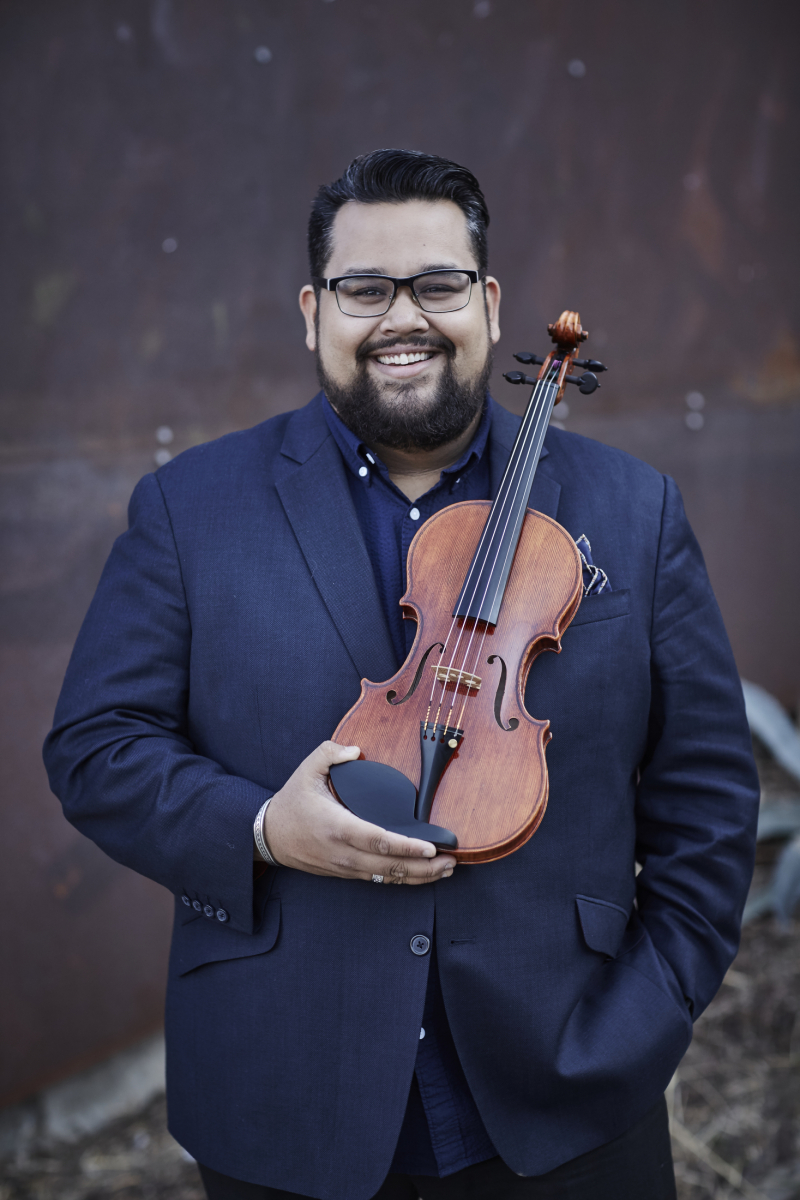An Artist at the Table Means Hope for a Better World
Posted by Dec 20, 2018

Mr. Robert Lynch
2018 was a year of some highs, but many lows. Controversy and anger and fear still seem to swirl around us in large supply, and more often I find myself sitting at my piano, my energy source and antidote for when I am feeling low. I imagine how all of us can better convey the power of the arts as a unifying force—as a solution for our country—during these difficult times. Our need for the arts is apparent.
We have needed and sought the healing and teaching power of the arts for a long time. Robert Redford once said, “I’ve long believed we could move toward solving some of our biggest problems if there were an artist at every table.” Woven through the events of this year were artists who are making a tremendous difference in communities across the country, and their diverse voices are animating conversation and giving us hope for a kinder and more compassionate world.
Last January, Americans for the Arts launched a new award, the Johnson Fellowship for Artists Transforming Communities, which offers $75,000 in support for one year, through the generosity of the Laurel and Yankee Johnson Trust. Based on the strategy, beauty, and passion embodied in her transformative community work, Americans for the Arts proudly awarded the fellowship to Los Angeles-based public artist Tanya Aguiñiga.
 With this award, Tanya was able to advance the Art Made Between Opposite Sides (AMBOS) project, a collaboration with artists along the U.S./Mexico border during a contentious period when the U.S. government was separating migrant children from their families trying to cross the border. During her fellowship year, Tanya completed the final stretch of border towns, working eastward from Ciudad Juarez/El Paso to Brownsville, Texas. In multiple phases of the AMBOS project, she asked commuters who were waiting to cross into the U.S. to write their thoughts and emotions about the crossing on a postcard, and tie a simple knot using two strands of fabric to record their presence and to symbolize the relationship between the U.S. and Mexico. The knots were tied together, and the cumulative bundles formed a large-scale hanging that was displayed on a billboard at the border. So far, the project has amassed more than 7,000 responses on the cards collected, which will be used to explore ways to build awareness and perhaps even inform policymakers.
With this award, Tanya was able to advance the Art Made Between Opposite Sides (AMBOS) project, a collaboration with artists along the U.S./Mexico border during a contentious period when the U.S. government was separating migrant children from their families trying to cross the border. During her fellowship year, Tanya completed the final stretch of border towns, working eastward from Ciudad Juarez/El Paso to Brownsville, Texas. In multiple phases of the AMBOS project, she asked commuters who were waiting to cross into the U.S. to write their thoughts and emotions about the crossing on a postcard, and tie a simple knot using two strands of fabric to record their presence and to symbolize the relationship between the U.S. and Mexico. The knots were tied together, and the cumulative bundles formed a large-scale hanging that was displayed on a billboard at the border. So far, the project has amassed more than 7,000 responses on the cards collected, which will be used to explore ways to build awareness and perhaps even inform policymakers.
Tanya lent a strong artist’s voice at the National Arts Policy Roundtable—an annual gathering that Robert Redford and I established in 2006 to convene artists, philanthropists, and thought leaders to explore ways that the arts can assist individuals and communities to develop locally based solutions to societal problems. Tanya spoke about her creative strategies to inspire social change and desire to inform and influence policy, particularly as related to border issues.
Tanya was in good company at the Roundtable—a fellow community unifier was also there to make his voice heard: Vijay Gupta, first violinist with the Los Angeles Philharmonic and founder and artistic director of the nonprofit organization Street Symphony. A passionate advocate for the presence of music in severely marginalized and underserved communities, Vijay founded Street Symphony in 2011 to bring music to people who might not otherwise have access to it.
Along with nearly 80 musicians he has recruited from the LA Philharmonic and elsewhere, Vijay and Street Symphony present regular monthly programs of live, world-class musical performances at shelters, county jails, and treatment and transitional housing facilities. Street Symphony also offers musical education through workshops and its recently launched Fellows Program, which pairs emerging artists from local universities with talented individuals from Skid Row for a year-long instruction program.
Vijay’s dedication to bringing beauty, hope, and purpose to those all too often ignored by society reached a pivotal point this past October, when he was awarded a 2018 MacArthur Foundation Fellowship. This prestigious award and stipend will allow him to shine a brighter light on LA’s homeless community and continue to harness the power of the arts to foster social connection and support.
Sometimes, something as simple as providing an open, public space as a creative outlet for youth can bring new life to a community and unite residents. A great example is in Eagle Butte, South Dakota. After years of discrimination and prejudiced policies against American Indians, Cheyenne River community members are making great strides in battling poverty and unemployment. Cheyenne River Sioux tribal member Julie Garreau founded the Cheyenne River Youth Project (CRYP) as a way to give children and their families the tools and opportunities to create pathways toward success, and to empower the next generation of community members. Through its innovative teen internships in social enterprise, native food sovereignty, indigenous cooking, wellness, and the arts, Cheyenne River teens are learning critical job and life skills while also embracing Lakota culture and values.

CRYP also hosts the annual RedCan Graffiti Jam, a celebration of graffiti art and Lakota culture, individuality, and the healing and empowerment of the Cheyenne River community. This event received Americans for the Arts’ Robert E. Gard Award in 2017 as an exceptional program working at the intersection of arts and community life. And in October, CRYP and Square, a payment and financial services company, received the David Rockefeller pARTnership Award at the BCA10 Awards for their exceptional project, a film called Lakota in America, which featured Genevieve Iron Lightning and her participation in CRYP.
These are just several examples of where the arts, artists, and other citizens can help unify and give hope to our communities, and we must continue to uphold them. Americans for the Arts honored 32 other artists, community leaders, and businesses this year, and told that story in places like the Chronicle of Philanthropy, because this good work must be known and celebrated. Art gives hope. Art unifies. Art fights injustice. Our communities are better for it. Americans for the Arts remains steadfast in the belief that the ability to live a full, equitable, and creative life is a basic human right. We will continue to advocate, convene, and educate with and for all people in 2019 and beyond. But we ALL must fight for the freedom and resources for artists and arts organizations to unify us, bridge community differences, and create places of understanding and healing.
This blog also was published on medium.com.






